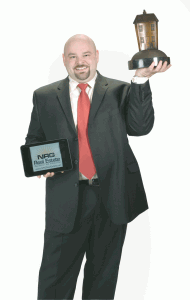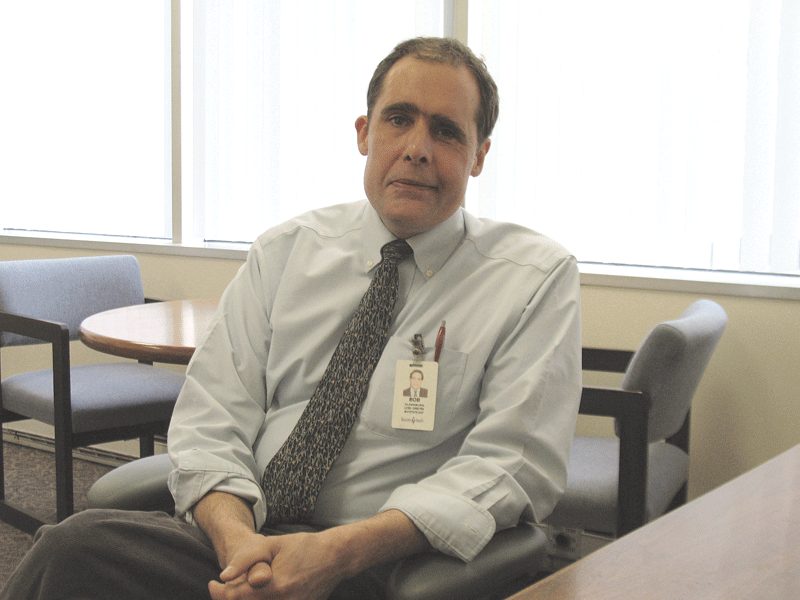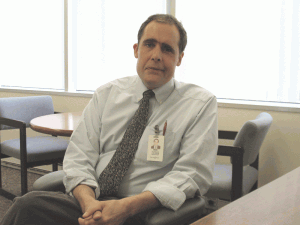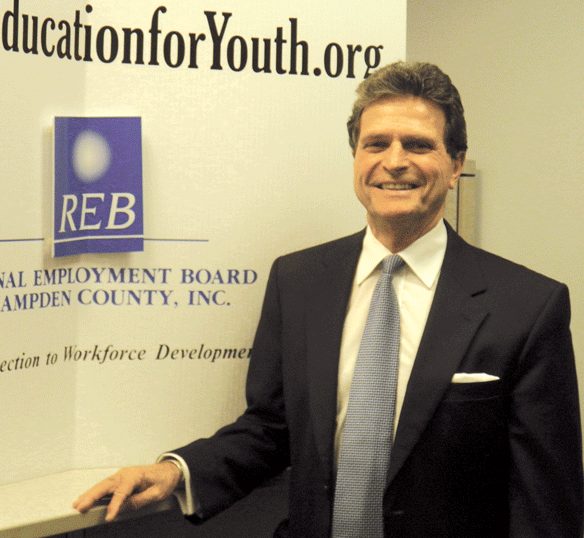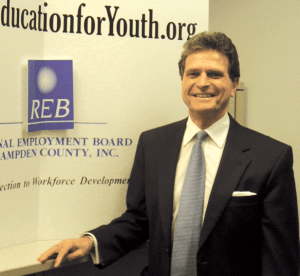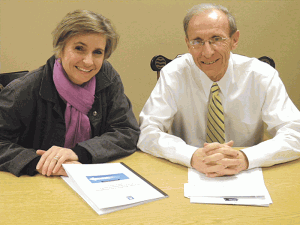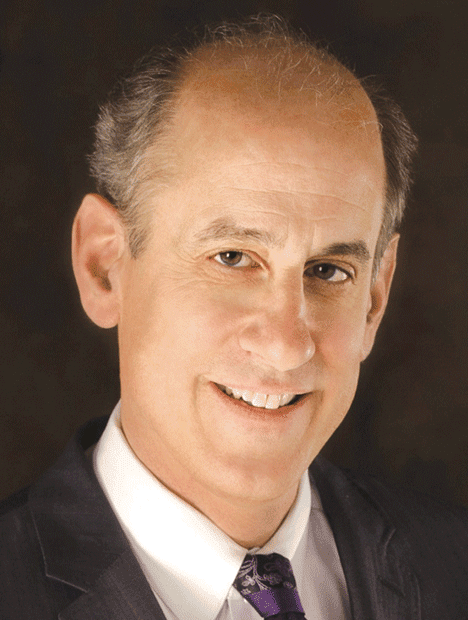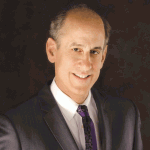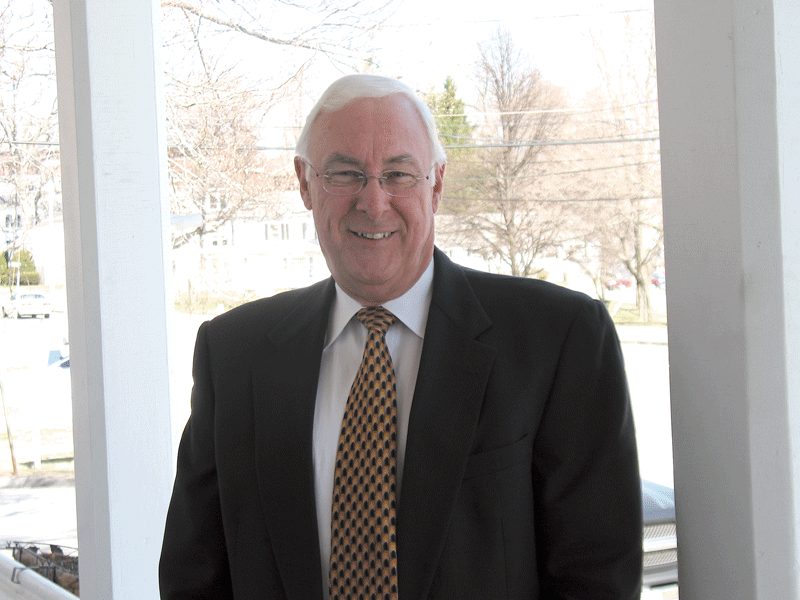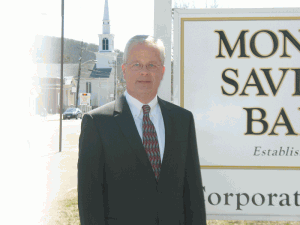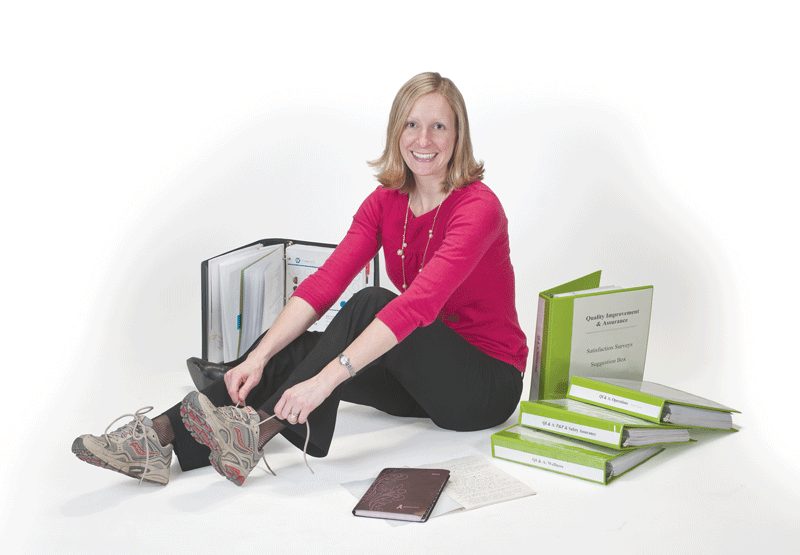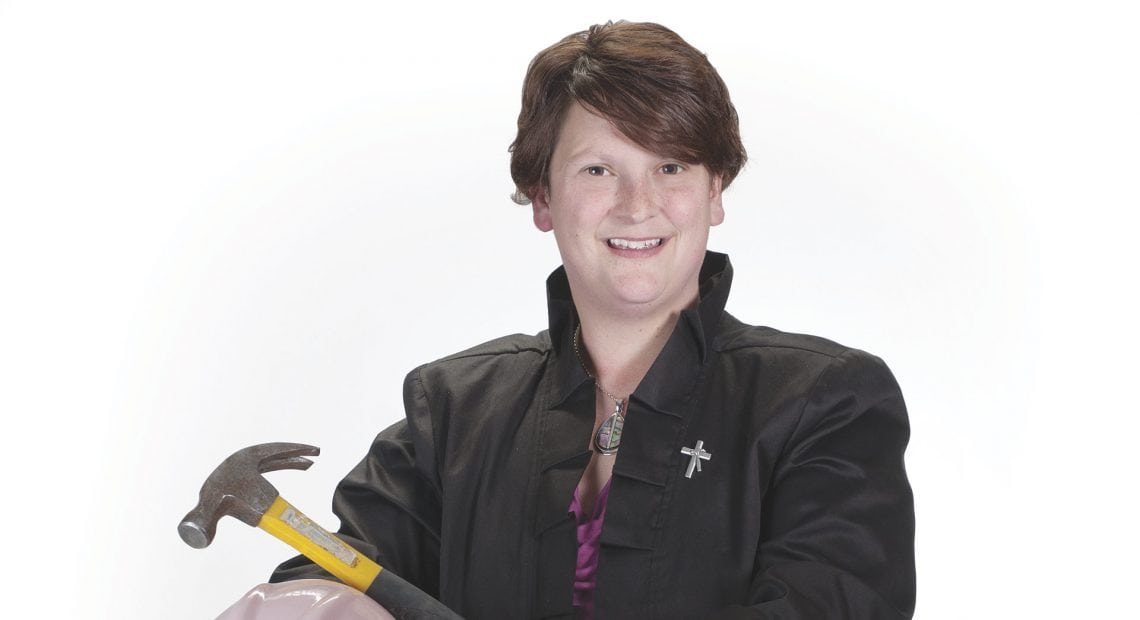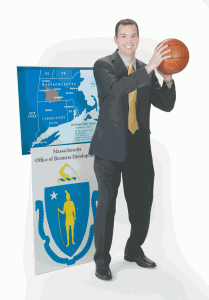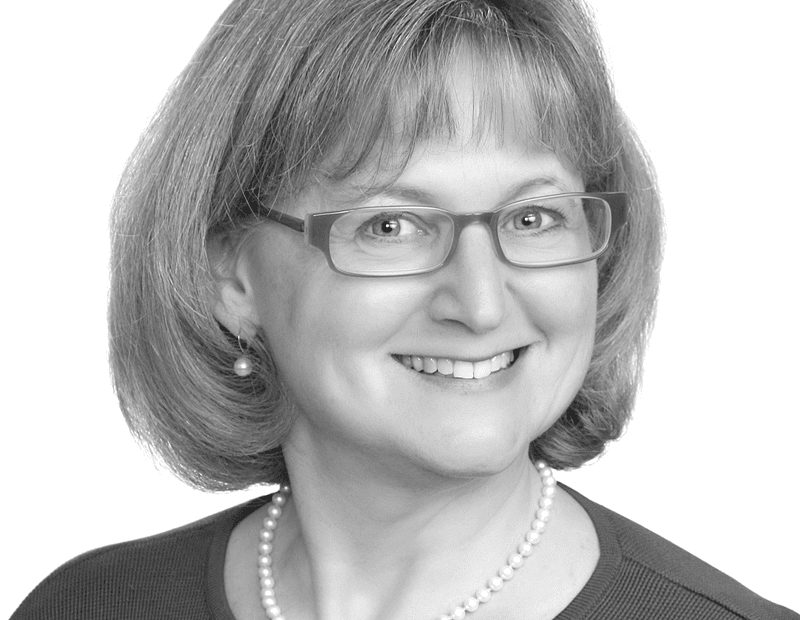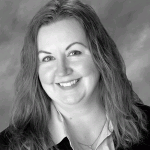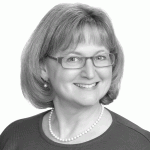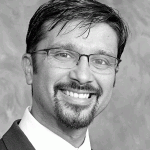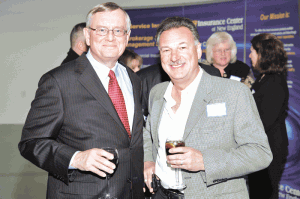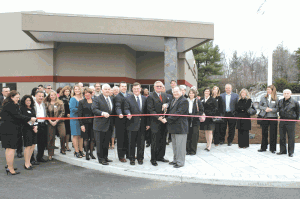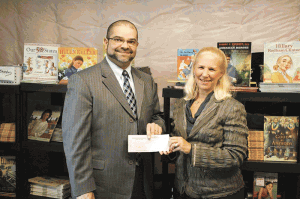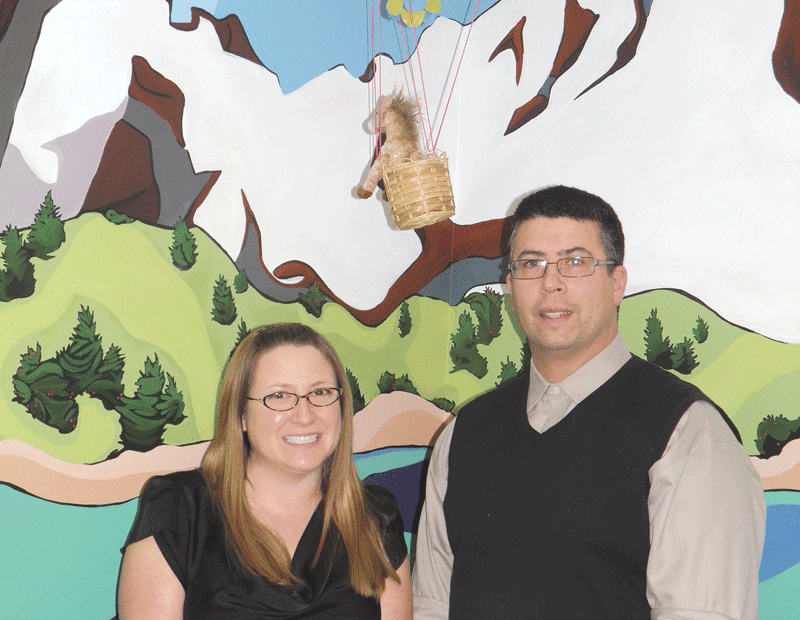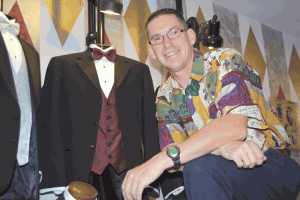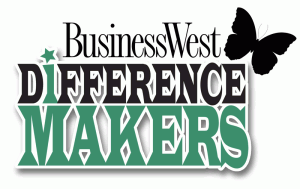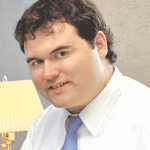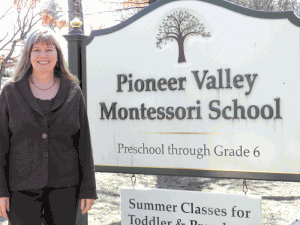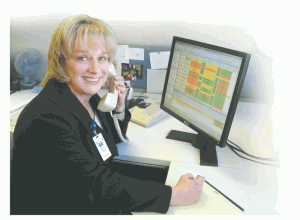The following bankruptcy petitions were recently filed in U.S. Bankruptcy Court. Readers should confirm all information with the court.
1880 House
LaBelle, Michelle R.
a/k/a Carr, Michelle R.
3704 South Athol Road
Athol, MA 01331
Chapter: 7
Filing Date: 03/13/11
A & O Transport Services
Sluder, Ricky K.
Sluder, Kimberly A.
163 Main St., 2nd Fl.
Athol, MA 01331
Chapter: 7
Filing Date: 02/28/11
Aitighli, Rachid
126 Quabog St.
Warren, MA 01083
Chapter: 7
Filing Date: 03/07/11
AJ Norman Painting Contractors
Normoyle, James P.
11 Maiden Lane
Wilbraham, MA 01095
Chapter: 7
Filing Date: 03/11/11
Anderson, Laurel M.
56 Glenvale St.
Springfield, MA 01119
Chapter: 7
Filing Date: 03/08/11
Baillargeon, Luke R.
72 Walnut St., Fl. 1
Chicopee, MA 01020
Chapter: 7
Filing Date: 03/02/11
Bartlett, Amy Ann
58 New Hampshire Ave.
Pittsfield, MA 01201
Chapter: 7
Filing Date: 03/10/11
Beach, Michelle Lee
a/k/a Heaton-Beach, Michelle
a/k/a Heaton-Beach, Michelle
29 Pilgrim Road
Springfield, MA 01118
Chapter: 7
Filing Date: 03/10/11
Belba, Patricia A.
196 Center St.
Lee, MA 01238
Chapter: 7
Filing Date: 03/08/11
Berkshire Stone Works
Doyle, Albert
Doyle, Jannine
81 Daytona St.
Pittsfield, MA 01201
Chapter: 13
Filing Date: 03/01/11
Duong, Dennis Thanh
a/k/a Duong, Lam Thanh
668 Dickinson St.
Springfield, MA 01108
Chapter: 7
Filing Date: 03/02/11
Boone, Jennifer L.
a/k/a Duda, Jennifer L.
6 McBride Road
Unit B
Wales, MA 01081
Chapter: 7
Filing Date: 03/09/11
Breault, Angela P.
142 Skeele St.
Chicopee, MA 01013
Chapter: 13
Filing Date: 03/02/11
Bullens, Thomas J.
Bullens, Linda S.
31 Pauline Lane
Westfield, MA 01085
Chapter: 7
Filing Date: 03/04/11
Calkins, Nicholas C.
40 Duryea St.
Springfield, MA 01104
Chapter: 7
Filing Date: 03/15/11
Champagne, Luce M.
63 Watson St.
Chicopee, MA 01020
Chapter: 7
Filing Date: 03/04/11
Cote, Douglas A.
Cote, Marya C.
370 Ridge Road
Athol, MA 01331
Chapter: 7
Filing Date: 02/28/11
Coughlin, Hilary W.
107 Wenonah Road
Longmeadow, MA 01106
Chapter: 7
Filing Date: 03/09/11
Crespo, Jose L.
Otero, Sonia N.
193 Santa Barbara St.
Springfield, MA 01104
Chapter: 7
Filing Date: 03/01/11
Crochetiere, Diane Marie
55 Beaumont Ave.
Chicopee, MA 01013
Chapter: 7
Filing Date: 03/03/11
Davies, Frank
310 Stafford St., Apt. 1303
Springfield, MA 01104
Chapter: 7
Filing Date: 03/01/11
Dibrindisi, Dolores T.
60 Avis Circle
Florence, MA 01062
Chapter: 7
Filing Date: 03/07/11
Dicenzo, Michael J.
Dicenzo, Christine A.
P.O. Box 138
Pittsfield, MA 01202
Chapter: 7
Filing Date: 03/04/11
DNA Printworks
McCarthy, Daniel S.
478 Kings Highway
West Springfield, MA 01089
Chapter: 7
Filing Date: 03/09/11
Duquette, Ronald G.
Duquette, Debra M.
368 Holyoke St.
Ludlow, MA 01056
Chapter: 13
Filing Date: 03/08/11
Dwyer, Carroll Henry
54 Bridge St., Apt. 54
South Hadley, MA 01075
Chapter: 7
Filing Date: 03/09/11
Dziadek, Bernard J.
437 Granby Road
South Hadley, MA 01075
Chapter: 7
Filing Date: 03/09/11
Edery, Armand
10 Keefe Ave.
Holyoke, MA 01040
Chapter: 7
Filing Date: 03/11/11
Ela, Richard B.
Ela, Cheryl A.
a/k/a Heinonen, Cheryl A.
40 Yankee Drummer Dr.
Warren, MA 01083
Chapter: 7
Filing Date: 03/14/11
Ezyk, Shane M.
12 Oakdale Place
Easthampton, MA 01027
Chapter: 7
Filing Date: 03/11/11
Farooqui, Amir A.
11 Eastwood Circle
Ludlow, MA 01056
Chapter: 7
Filing Date: 03/14/11
Fiorentino, Angelo M.
340 Cooley St.
Springfield, MA 01128
Chapter: 7
Filing Date: 03/04/11
Fontaine, Doreen F.
945 Jenks Road
Cheshire, MA 01225
Chapter: 7
Filing Date: 03/08/11
Fortes, Gregory E.
102 Memory Lane
Orange, MA 01364
Chapter: 7
Filing Date: 03/07/11
Foss, Judith A.
98 Spadina Parkway
Pittsfield, MA 01201
Chapter: 7
Filing Date: 03/15/11
Getto, Robert A.
34 Whitman St.
Chicopee, MA 01013
Chapter: 7
Filing Date: 03/07/11
Girard, Andrew P.
76 Lakeview St.
Pittsfield, MA 01201
Chapter: 7
Filing Date: 03/10/11
Godin-Conz, Jaclyn Marie
a/k/a Kraus, Jaclyn Marie
35 Ward Ave.
Easthampton, MA 01027
Chapter: 7
Filing Date: 03/09/11
Guyer, Jeffrey A.
Guyer, Amy J.
a/k/a Evangelisto, Amy J.
53 Yorkshire Ave.
Pittsfield, MA 01201
Chapter: 7
Filing Date: 03/15/11
Hasperg, Nicole M.
119 Daniels Terrace
Cheshire, MA 01225
Chapter: 7
Filing Date: 03/15/11
Hirsch, Jeffrey A.
106 Inverness Lane
Longmeadow, MA 01106
Chapter: 13
Filing Date: 03/05/11
Holby, Brenda
365 Main St., #7
Sturbridge, MA 01566
Chapter: 7
Filing Date: 03/11/11
Holloway, Myron C.
858 Silver Lake St.
Athol, MA 01331
Chapter: 7
Filing Date: 02/28/11
Hussain, Irum
11 Eastwood Circle
Ludlow, MA 01056
Chapter: 7
Filing Date: 03/14/11
Ilg, Priscilla M.
120 South Main St.
Orange, MA 01364
Chapter: 13
Filing Date: 03/07/11
Jaime, Janet
39 Hillside Ave.
West Springfield, MA 01089
Chapter: 7
Filing Date: 03/14/11
James, Jade R.
18 Wandering Meadows
Wilbraham, MA 01095
Chapter: 13
Filing Date: 03/07/11
Jenney, Debra L.
26 Duryea St.
Springfield, MA 01104
Chapter: 7
Filing Date: 03/02/11
Kibodya, Mohamed A.
54 Homestead Ave.
Indian Orchard, MA 01151
Chapter: 7
Filing Date: 03/01/11
King, Sharon K.
P.O.Box 1145
Westfield, MA 01086
Chapter: 7
Filing Date: 03/01/11
Knowlton, Richard J.
Knowlton, Ann M.
889 Suffield St.
Agawam, MA 01001
Chapter: 7
Filing Date: 03/02/11
Laramee-Santaniello, Patricia L.
76 Main St.
Wilbraham, MA 01095
Chapter: 7
Filing Date: 03/15/11
Lareau, David R.
138 St. James St.
Chicopee, MA 01020
Chapter: 7
Filing Date: 03/07/11
Latina, Dorothy Rose
3 Heritage Lane
Westfield, MA 01085
Chapter: 13
Filing Date: 03/04/11
Leary, Frances J.
36 Crestwood St.
Springfield, MA 01107
Chapter: 7
Filing Date: 03/03/11
Lehmann, Crystal M.
70 South John St.
Pittsfield, MA 01201
Chapter: 7
Filing Date: 03/14/11
Lemieux, Richard Alan
Lemieux, Carolyn Margaret
17 Fuller St.
North Adams, MA 01247
Chapter: 7
Filing Date: 03/04/11
Lescarbeau, Joy P.
193 North St.
North Adams, MA 01247
Chapter: 7
Filing Date: 03/12/11
Link, Herbert
22 Lessey St. Apt 104
Amherst, MA 01002
Chapter: 7
Filing Date: 03/02/11
Lord, Julie A.
30 Conway St.
South Deerfield, MA 01373
Chapter: 13
Filing Date: 03/11/11
Maldonado, Sylvia
395 Tokeneke Road
Holyoke, MA 01040
Chapter: 7
Filing Date: 03/11/11
Maloney, James E.
Maloney, Angel M.
57 Richmond Ave.
Pittsfield, MA 01201
Chapter: 7
Filing Date: 03/10/11
Manzi Fiorentino, Marie A.
72 Kathleen St.
Springfield, MA 01128
Chapter: 7
Filing Date: 03/04/11
Marhoub, Chaibia
126 Quabog St.
Warren, MA 01083
Chapter: 7
Filing Date: 03/07/11
Mastriani, Vincent
Mastriani, Donna
1050 Carew St.
Springfield, MA 01104
Chapter: 7
Filing Date: 03/07/11
Matosky, Jessica M.
115 Sunridge Dr.
Springfield, MA 01118
Chapter: 7
Filing Date: 03/09/11
Monday, Debra C.
a/k/a DeRose, Debra C.
P.O. Box 418
Ludlow, MA 01056
Chapter: 13
Filing Date: 03/04/11
Nicolazzo, Anthony Pasquale
751 Scott Road
Oakham, MA 01068
Chapter: 7
Filing Date: 03/10/11
Nieves, Rhonda
70 Martel Road
Springfield, MA 01119
Chapter: 7
Filing Date: 03/13/11
Normandin, Jason M.
Normandin, Sandra E.
430 Walnut Hill Road
Orange, MA 01364
Chapter: 7
Filing Date: 03/03/11
Ortiz, Marcelino
82 Bridge St., Apt 6A
Northampton, MA 01060
Chapter: 7
Filing Date: 03/02/11
Pearson, Maria C.
60 Ionia St.
Springfield, MA 01109
Chapter: 7
Filing Date: 03/15/11
Precious Memories Childcare
LaFountain, Melissa L.
a/k/a Cucchi, Melissa L.
440 Fredette St.
Athol, MA 01331
Chapter: 7
Filing Date: 03/13/11
Profit Valley Printing
Ostapovicz, Michael Aaron
391 Pleasant St.
Holyoke, MA 01040
Chapter: 7
Filing Date: 03/09/11
Richardson, Beulah Brooks
699 North Westfield St.
Feeding Hills, MA 01030
Chapter: 7
Filing Date: 03/03/11
Rivera, Roberto
500 Hancock St., Apt.
Springfield, MA 01105
Chapter: 7
Filing Date: 03/02/11
Robert, Michael A.
49 Michael Sears Road
Belchertown, MA 01007
Chapter: 7
Filing Date: 03/08/11
Roberts, Francis M.
1460 Main St.
Palmer, MA 01069
Chapter: 7
Filing Date: 03/11/11
Rodriguez, Alicia
280 Dickinson St.
Springfield, MA 01108
Chapter: 7
Filing Date: 03/09/11
Rodriguez, Julio A.
47 Grosvenor St
Springfield, MA 01107
Chapter: 7
Filing Date: 03/11/11
Routhier, Kevin J.
Routhier, Susan C.
a/k/a Morris, Susan C.
a/k/a Paradysz, Susan C.
16 Exeter St.
Easthampton, MA 01027
Chapter: 7
Filing Date: 03/11/11
Sadler, Christopher G.
P.O. Box 48
Russell, MA 01071
Chapter: 7
Filing Date: 03/01/11
Santiago, Carmen C.
15 Van Horn Place
Springfield, MA 01104
Chapter: 13
Filing Date: 03/02/11
Schwarz, James T.
178 Woodlawn Ave.
Pittsfield, MA 01201
Chapter: 7
Filing Date: 03/10/11
Smith, Dorothy J.
100 Edgemont St.
Springfield, MA 01109
Chapter: 7
Filing Date: 03/04/11
Somes, Wendy K.
3 A Wildwood Lane
Goshen, MA 01032
Chapter: 7
Filing Date: 03/01/11
Sparrow, Michael
22 4th Ave.
Cheshire, MA 01225
Chapter: 7
Filing Date: 03/10/11
Sperry, Norman A.
430 Pleasant St.
Holyoke, MA 01040
Chapter: 13
Filing Date: 03/11/11
Stephenson, Sandra E.
P.O. Box 1426
Holyoke, MA 01041
Chapter: 7
Filing Date: 03/15/11
Stevens, Robert C.
81 Dartmouth St.
Pittsfield, MA 01201
Chapter: 7
Filing Date: 03/10/11
Swan, Kevin S.
Swan, Laurie E.
1747 West Royalston Road
Athol, MA 01331
Chapter: 7
Filing Date: 03/07/11
Thompson, Barbara J.
437 East St.
Chicopee, MA 01020
Chapter: 7
Filing Date: 03/15/11
Tuttle, Mary A.
13A Highland Village
Ware, MA 01082
Chapter: 7
Filing Date: 03/11/11
Unique Designs
Malone, Christopher T.
Malone, Carol E.
a/k/a March-Malone, Carol E.
101 Upton St.
Springfield, MA 01104
Chapter: 7
Filing Date: 03/11/11
Wasuk, David M.
1 Jennifer St.
Lenox, MA 01240
Chapter: 13
Filing Date: 03/09/11
Wasuk, Sue A.
1 Jennifer St.
Lenox, MA 01240
Chapter: 13
Filing Date: 03/09/11
Watkins, Robert D.
376 King Road
Athol, MA 01331
Chapter: 7
Filing Date: 03/13/11
Weber, Scott F.
80 Damon Road #7204
Northampton, MA 01060
Chapter: 7
Filing Date: 03/11/11
Wells, Michael Robert
Wells, Lisa Ann
80 Wheeler Ave.
Springfield, MA 01118
Chapter: 13
Filing Date: 03/02/11
Williams, Kimberly A.
22 Pinney St.
Palmer, MA 01069
Chapter: 7
Filing Date: 03/04/11
Williams, William R.
11 Flynt Ave.
Monson, MA 01057
Chapter: 7
Filing Date: 03/04/11
Wright, Keith M.
3 A Wildwood Lane
Goshen, MA 01032
Chapter: 7
Filing Date: 03/01/11
Wyman, William E.
218 Spring St.
Athol, MA 01331
Chapter: 7
Filing Date: 03/07/11
Zina, John F.
21 Wilson Road
Belchertown, MA 01007
Chapter: 7
Filing Date: 03/03/11





